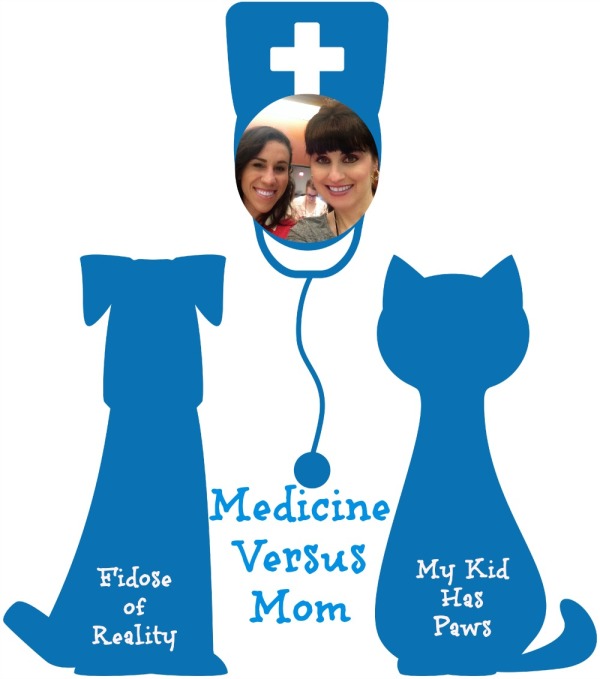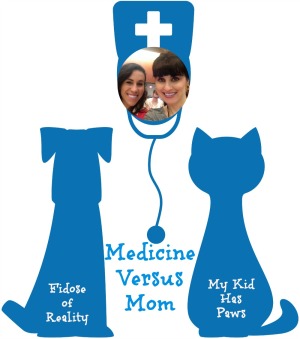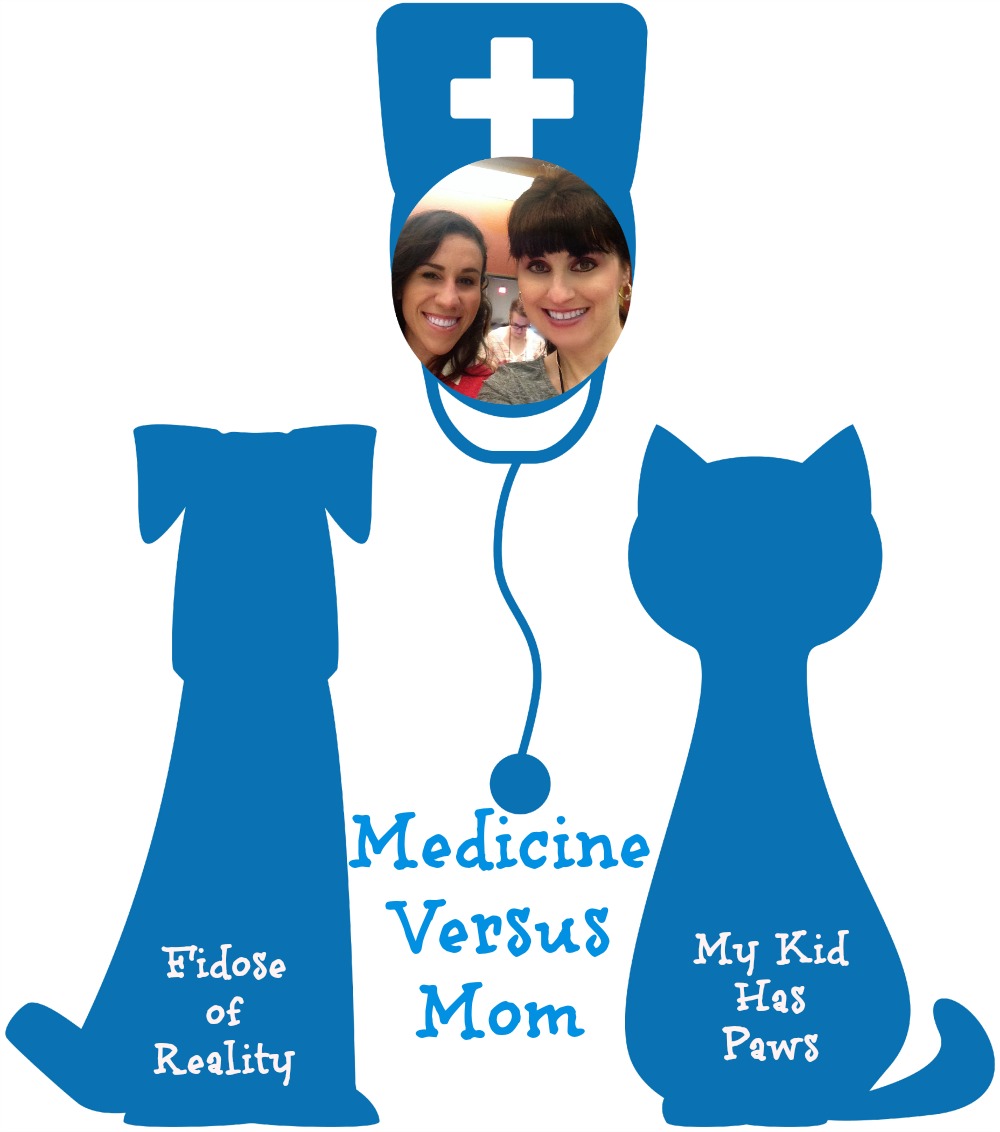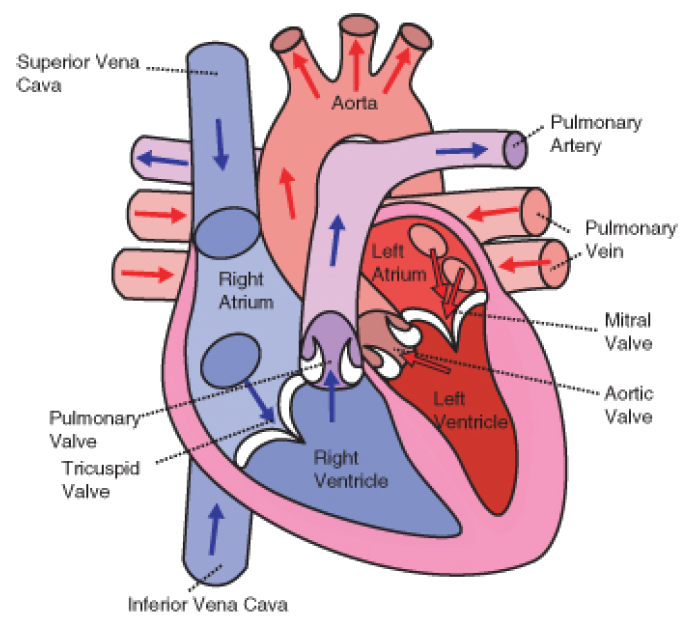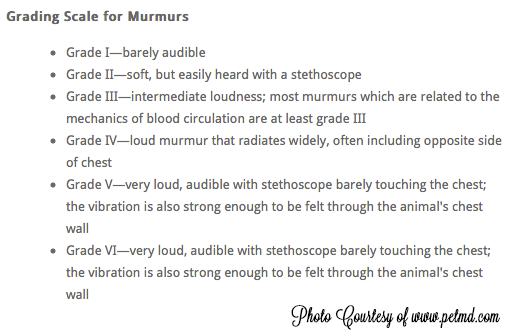As pet parents, it is crucial that we stay in the know and keep up with the latest veterinary medicine advances.
Today, Carol from Fidose of Reality and myself are going to discuss the different ways that your pet can benefit from the latest Veterinary Medical Advances. For pet parents, this means that we have more tools in our toolbox so that we can advocate for our pets!
General Veterinary Medicine
Vaccines:
While there has been a bit of an anti-vaccine movement that has occurred in veterinary medicine, vaccines are still very important for the health of our pets and the health of our human-animal bond. Many of the vaccines recommended for your pet’s health are tried and true. You have your very typical; Rabies, DHPP, Lepto, Lyme, and Bordetella for dogs. However, outside of the standard vaccines are new vaccines that allow us to protect our pets from more diseases, like the rattlesnake vaccine.
“Approximately 300,000 dogs and cats are bitten by venomous snakes each year in the United States.” – Red Rock Biologics (Makers of the Rattlesnake Vaccine)
While this “new” vaccine (first available in the early 2000’s) does not make our pets immune to the devastating bite of a rattlesnake, it does buy time so that there is a better chance your pet can be treated and will survive (UCDavis Veterinary Medicine). While this vaccine is still rattlesnake specific (i.e. it does not vaccinate against all types of rattlesnakes), it is a huge improvement in the fight against rattlesnake-related deaths, especially in areas where they are prolific (Vetstreet).
What does this mean for my pet?
If the rattlesnake vaccine sounds like something your pet needs, please discuss the customized vaccine schedule with your veterinarian.
General Pain Management:
New guidelines for pain management in veterinary medicine were released by the American Animal Hospital Association (AAHA) and the American Association of Feline Practitioners (AAFP) in 2015 (the last version was released in 2007). The newest version includes emphases on an integrated veterinary approach (i.e. not all western medicine all the time), and a section specifically dedicated to treating the increase in feline degenerative joint disease.
Pain management is incredibly important in veterinary medicine. As a matter of fact, I spent most of my day as a Veterinary Assistant managing pain in for my patients, especially for post-surgical patients. Advances in this category of veterinary medicine are imperative for improving the quality of life of our pets.
“Classic veterinary medical education places a strong emphasis on treatment of disease through pharmacology and surgery, the esoteric skills that are the domain of the trained clinician. Increasingly, evidence-based data and empirical experience justify a strong role for nonpharmacologic modalities for pain management. A number of those should be considered mainstream options and an integral part of a balanced, individualized treatment plan.” – Pain Management Guidelines for Dogs and Cats
The important takeaway in these advancements is not just that pharmaceuticals are improving from year to year in terms of their efficacy, but also, the outlook and integrative approaches are also improving.
What does this mean for my pet?
It means that your veterinarian is gaining access to more tools so that your pet can feel less pain. There are so many pets with arthritis or other forms of degenerative joint disease. Pending the onset of the disease and the average life span of your pet, your pet could outlive the efficacy of pharmaceuticals, or their body could stop tolerating the medications. This is where alternative and integrative veterinary medicine can step in to continue to treat the disease and minimize the symptoms.
If you are at all “nerdy” about veterinary medicine (life myself), I highly recommend you read the guide from AAHA/AAFP; it’s full of fun facts and science jargon!
Specialty Veterinary Medicine
Stem Cell Therapy
When I was completing my undergrad in late 2010, I wrote a paper about the new stem cell therapy that was changing the way that veterinarians could treat degenerative joint disease.
“In fact, one in five dogs over a year of age will develop degenerative joint disease (DJD). And the number jumps to four out of five for certain large breeds.” – Dr. Becker
How does it work?
Adult stem cells have the ability to develop and/or replicate into many different types of cells. Specifically, their job is to continue to divide and replace cells that are dead or diseased. As a result of their specific abilities, they can repair damaged joints or tissue and improve certain types of diseases.
According to HealthyPets Mercola, as of 2015, several studies were underway to use adult stem cells to treat the following diseases in dogs:
- Osteoarthritis
- Degenerative Joint Disease
- Hip & Elbow Dysplasia
- Cranial Cruciate Ligament Injuries
Are there cases and evidence that the treatment has improved the symptoms of DJD and other similar diseases?
While research is underway for stem cells, and some veterinarians offer this advanced therapy around the U.S., the number of conclusive studies and irrefutable scientific evidence is low. That being said, there are many owner and patient success stories available. If you are interested, Dr. Becker offers two anecdotal stories in her “An Innovative New Way to Repair Joints” article here.
What does this mean for my pet?
If your pet is suffering from one of the above diseases, and you feel that their quality of life is suffering. You have an opportunity to seek out a veterinarian with experience providing stem cell therapy. Every single procedure has risks, old or new, so be sure to discuss those risks with your veterinarian prior to treatment.
Physical Therapy
Physical therapy for pets is part of the “integrative veterinary medicine” approach that I mentioned above. The concept and purpose of animal physical therapy is the same as that of human physical therapy; regain muscle strength and balance in order to recover from surgery or injury. Specifically, in veterinary medicine, physical therapy is being used for post-surgical and neurological patients (MSPCA – Angell).
“Dogs can lose up to one-third of their muscle mass in the rear limb following surgery for a cranial cruciate ligament rupture and it may take over a year to regain the lost muscle.” – Roxanna Khorzad, DVM
Physical therapy comes in different forms. For some pets, balance and strength exercises are recommended. For others, hydrotherapy using an underwater treadmill is the most recommended form of physical therapy.
Here are a few potential benefits to physical therapy according to Dr. Khorzad,
- Improved Muscle Strength
- Reduction of Pain
- Improved Muscle Tone
- Improved scar tissue
- Improved function
- Improved biomechanics
- Improved flexibility
- Reduced Pain
- Non-invasive
What does this mean for my pet?
If your pet is has had a recent surgery or is suffering from a neurological disease, physical therapy and rehabilitation might improve their functionality and quality of life.
Pain Management
Acupuncture
I had the pleasure of working with a veterinarian who practiced acupuncture. Our patients often received other medications to treat their disease, but used acupuncture as a more natural alternative for reducing pain and improving quality of life.
How does it work?
Acupuncture draws the body’s attention to a place that needs to be healed by placing a needle into the body where blood vessels and nerve bundles meet. This action allows the body to heal itself. According to Dr. Patrick Mahoney, VDM, acupuncture can do the following for your pet:
- Improve blood circulation
- Improved oxygenation of tissues
- Stimulated removal of metabolic wastes and toxins
- Stimulate the nervous system
- Stimulate the body to release anti-inflammatory and pain relieving hormones
What does this mean for my pet?
While acupuncture is most certainly not a new practice, it’s integration into veterinary medicine is still considered new. However, in comparison to some of the other treatments in this post, acupuncture is more widely available in veterinary hospitals.
If you fee that this alternative form of treatment can benefit some of your pet’s chronic symptoms or diseases, I highly recommend discussing your options with your veterinarian.
Orthotics & Prosthetics
While our pets are amazing at adapting and moving forward after an injury or losing a limb, there are now more alternatives to manage their post-operative care in these situations.
Orthopets is a company that builds custom orthotics and prosthetics for pets to help them recover from injuries and adapt to limb loss. While I don’t have much experience with veterinary orthotics or prosthetics, I do know that these solutions will give you more alternatives to improve your pet’s quality of life and/or surgical recovery.
So there you have it. The above list includes some of the most interesting advancements in veterinary medicine. Do you have any experience with these new treatments?
For Carol’s mom perspective on this topic, please visit Fidose of Reality for more information.

